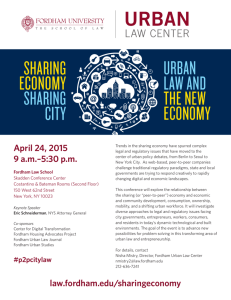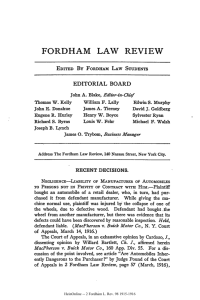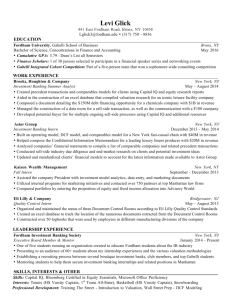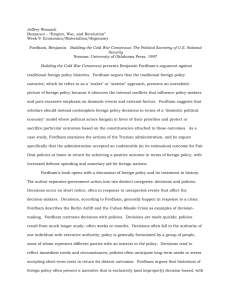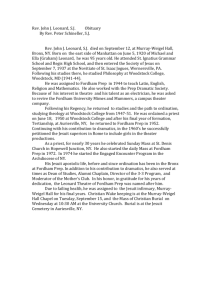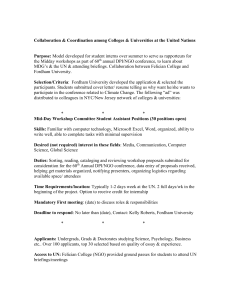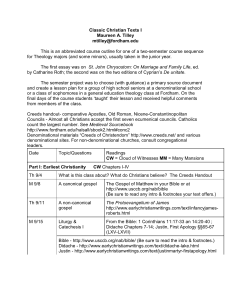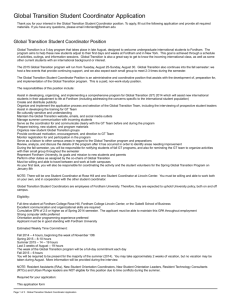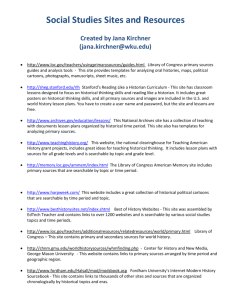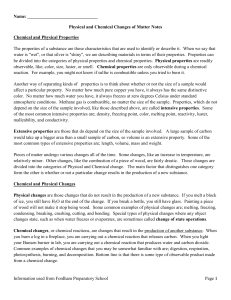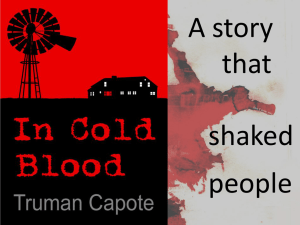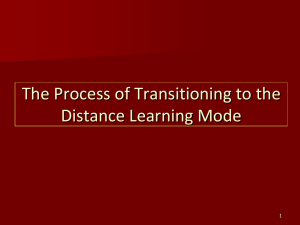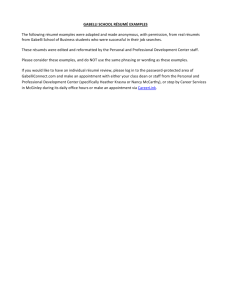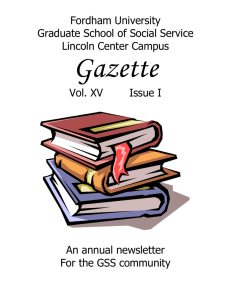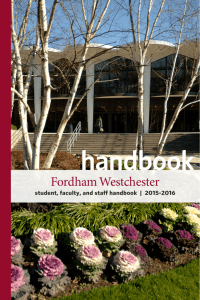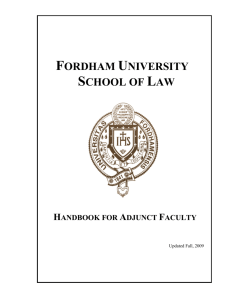Andrew
advertisement
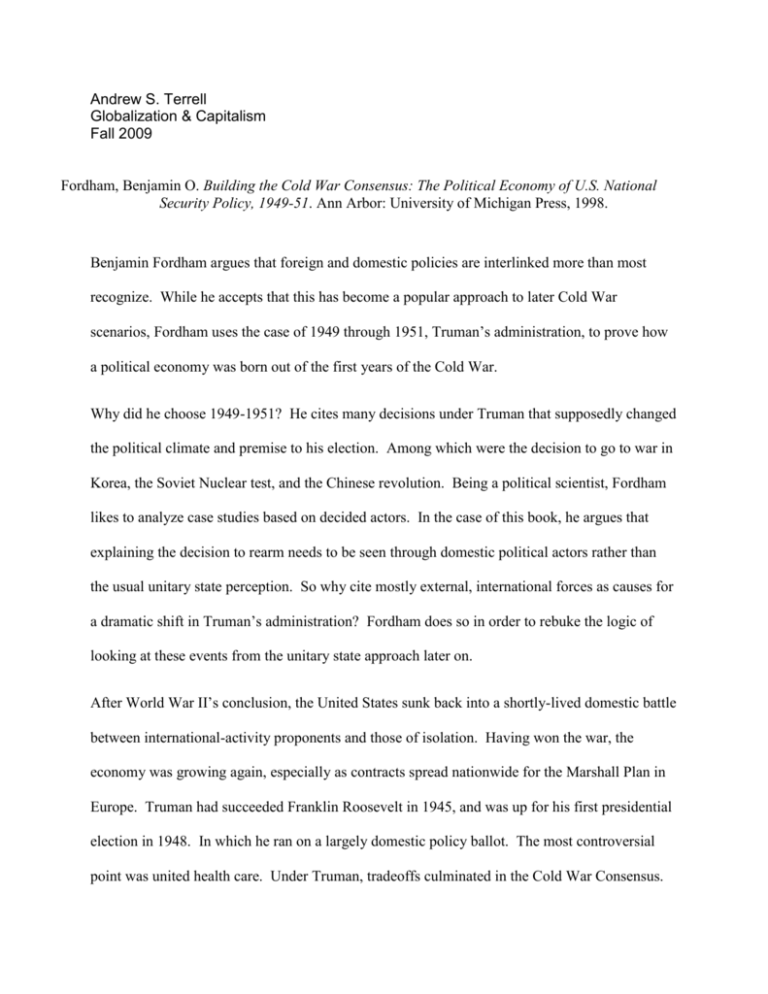
Andrew S. Terrell Globalization & Capitalism Fall 2009 Fordham, Benjamin O. Building the Cold War Consensus: The Political Economy of U.S. National Security Policy, 1949-51. Ann Arbor: University of Michigan Press, 1998. Benjamin Fordham argues that foreign and domestic policies are interlinked more than most recognize. While he accepts that this has become a popular approach to later Cold War scenarios, Fordham uses the case of 1949 through 1951, Truman’s administration, to prove how a political economy was born out of the first years of the Cold War. Why did he choose 1949-1951? He cites many decisions under Truman that supposedly changed the political climate and premise to his election. Among which were the decision to go to war in Korea, the Soviet Nuclear test, and the Chinese revolution. Being a political scientist, Fordham likes to analyze case studies based on decided actors. In the case of this book, he argues that explaining the decision to rearm needs to be seen through domestic political actors rather than the usual unitary state perception. So why cite mostly external, international forces as causes for a dramatic shift in Truman’s administration? Fordham does so in order to rebuke the logic of looking at these events from the unitary state approach later on. After World War II’s conclusion, the United States sunk back into a shortly-lived domestic battle between international-activity proponents and those of isolation. Having won the war, the economy was growing again, especially as contracts spread nationwide for the Marshall Plan in Europe. Truman had succeeded Franklin Roosevelt in 1945, and was up for his first presidential election in 1948. In which he ran on a largely domestic policy ballot. The most controversial point was united health care. Under Truman, tradeoffs culminated in the Cold War Consensus. Having both domestic and foreign initiatives, the ideology aimed to rearm the nation, keep labor and suspected communists in check, but ultimately abolish Truman’s domestic social agenda. To Fordham, historians have a bad tendency of presenting narratives of foreign policy that only looks at what he defines as “decision”--decision being reactive to crises addressing short-term outcomes. Whereas, he believes foreign policy needs to be differentiated between decision and “policy,”--policy, to Fordham, is the result of longer studies aimed at addressing long-term needs. While pointing out that historians have such a short-sited tendency, Fordham does not leave open the option of coincidental policy development. When applying his approach to later events, doesn’t it seem as equally rational to believe the reactive policy making, “decision,” under fire have had longer lasting effects? Under his approach, it also may be construed as if “decisions,” though reactive to crises are indeed the “policies” that Fordham defined? In essence, under his approach, the only legitimate difference between reactive, and long-thought out proactive policies is when they are implemented. Other than this, they are of the same substance it seems. Having established his perceived differences in the two, Fordham approaches what he believes are fallacies in foreign policy comprehension. He had cited the external episodes of Soviet’s nuclear capability, China’s revolution and the Korean War as often being pinpointed by others in academia for factors that changed foreign policy. Rather than these events pushing for foreign policy adoption, Fordham believes these gave excuses to implement the Cold War policies that we are so familiar with. NSC 68 called for larger military spending, but the administration could not implement the recommendations until these successive events changed the political climate between 1949 and 1951. The individual cases he explores under the three large external events show how much is lacking by approaching them from the unitary state perspective. He concedes that they may have driven decisions, but policy had already been developed and was waiting for a moment to be implemented. In exploring political actors, Fordham asserts that Washington was filled with politicians that tended to worry about domestic interests, especially of the then powerful U.S. economy. He uses the inner workings of Washington politicians (give and get) to further defend his position that tradeoffs abreast were shaping foreign policies abroad. Truman’s “fair deal” domestic agenda was surrendered with little fight after negotiations with members of congress who he needed on board to implement a stronger U.S. foreign policy; he needed Congress to increase the military spending budget. Overall, Fordham’s Building the Cold War Consensus, is a useful case study of how Truman’s domestic agenda fell in order to strengthen his foreign policies. He urges historians and political scientists alike to strive to see an interlink between domestic and foreign policy when exploring either, or both. In essence, he wants the unitary state actor to never be explored without exploring the more locale, smaller actors within the state first.
